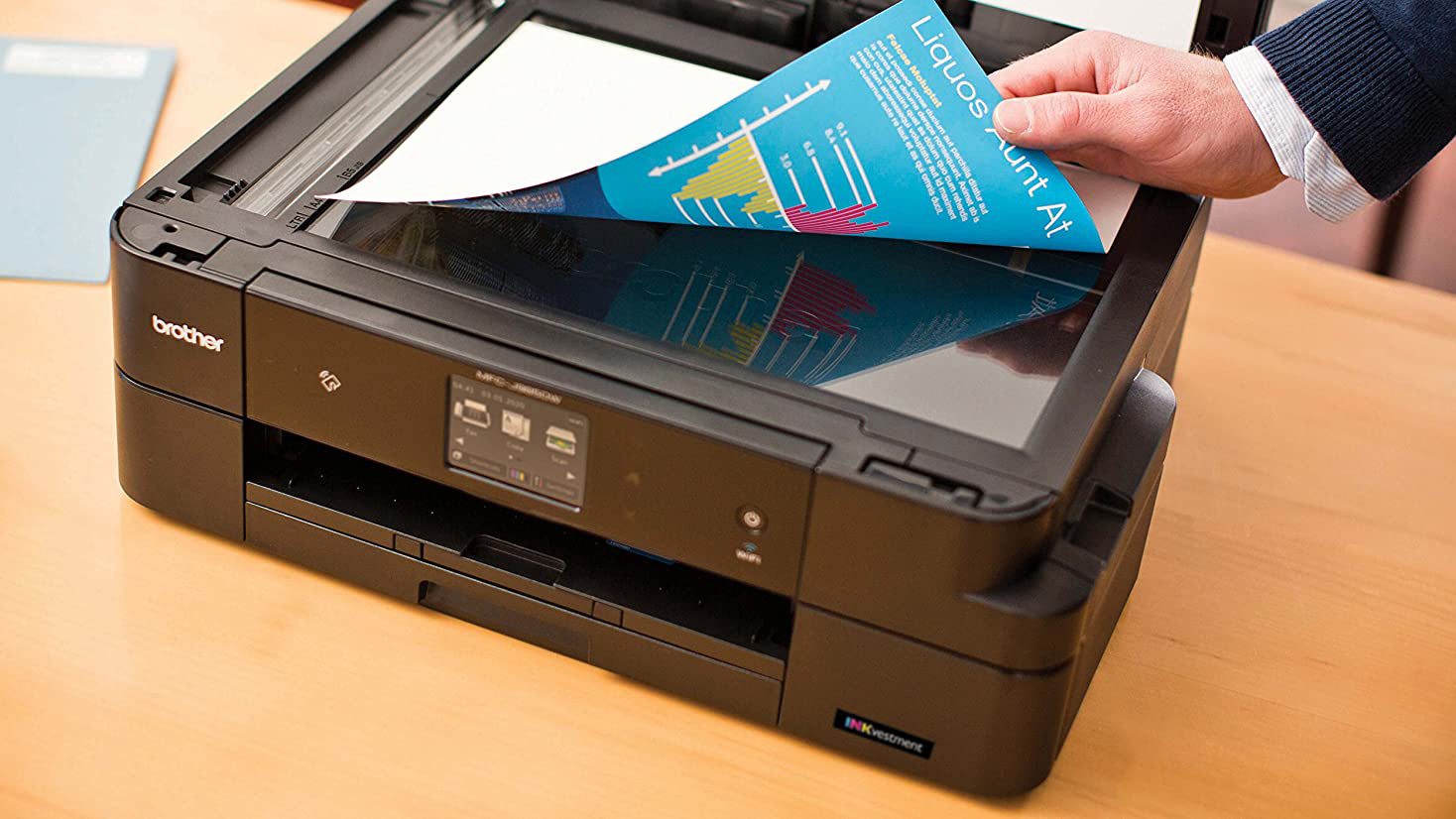In today's digital age, printers have become an essential tool for both personal and professional use. With a plethora of options available in the market, it can be overwhelming to choose the right printer that meets your specific needs. To make an informed decision, it is crucial to understand the key specifications to look for when buying a printer. In this comprehensive guide, we will delve into the essential features and technical aspects that should be considered to ensure you invest in a printer that suits your requirements perfectly.
- Print Technology:
The first specification to consider is the print technology employed by the printer. There are primarily two types: inkjet and laser printers. Inkjet printers are ideal for high-quality photo printing and versatile document printing, while laser printers excel in producing crisp text and are more suitable for high-volume printing. - Print Speed:
Print speed is an important factor, especially for those who require frequent printing. It is measured in pages per minute (PPM) and varies among different printer models. Consider your printing needs and opt for a printer with a suitable print speed to ensure efficient workflow. - Print Resolution:
Print resolution determines the level of detail and clarity in printed documents or images. It is measured in dots per inch (DPI). Higher DPI results in sharper and more vibrant prints. For general text printing, a resolution of 600-1200 DPI is sufficient, while photo enthusiasts may prefer a printer with a higher resolution for exceptional image quality. - Connectivity Options:
Modern printers offer various connectivity options to facilitate seamless printing from multiple devices. Look for printers equipped with USB, Wi-Fi, Ethernet, or Bluetooth connectivity, depending on your requirements. Wireless connectivity allows for convenient printing from smartphones, tablets, or laptops without the hassle of cables. - Paper Handling:
Consider the printer's paper handling capabilities, including paper size compatibility, input/output tray capacity, and duplex printing functionality. Ensure that the printer can accommodate the paper sizes you commonly use and has an adequate paper capacity to avoid frequent refilling. Duplex printing enables automatic double-sided printing, saving both time and resources. - Ink/Toner Cartridge Efficiency:
Evaluate the printer's ink or toner cartridge efficiency to minimize ongoing printing costs. Look for printers that offer high-yield cartridges or separate color cartridges, allowing you to replace only the depleted color. Additionally, consider printers with eco-friendly features, such as automatic ink/toner conservation modes, to reduce waste and save money. - Additional Features:
Some printers come with additional features that can enhance your printing experience. These may include built-in scanners, copiers, fax machines, memory card slots, touchscreens, or mobile printing apps. Assess your specific needs and opt for printers that offer the desired additional functionalities.
Conclusion:
Choosing the right printer involves considering several key specifications to ensure optimal performance and cost-effectiveness. By evaluating the print technology, speed, resolution, connectivity options, paper handling, cartridge efficiency, and additional features, you can make an informed decision that aligns with your printing requirements. Remember to compare different models, read customer reviews, and seek expert advice before finalizing your purchase. With the right printer at your disposal, you can achieve professional-quality prints and streamline your printing tasks efficiently.


